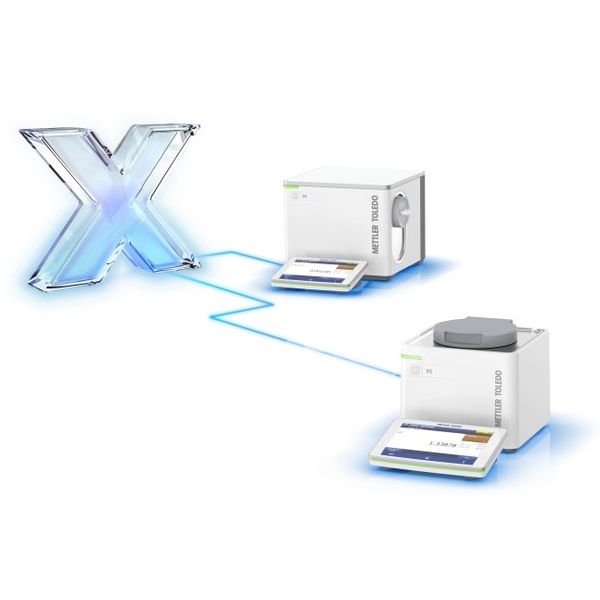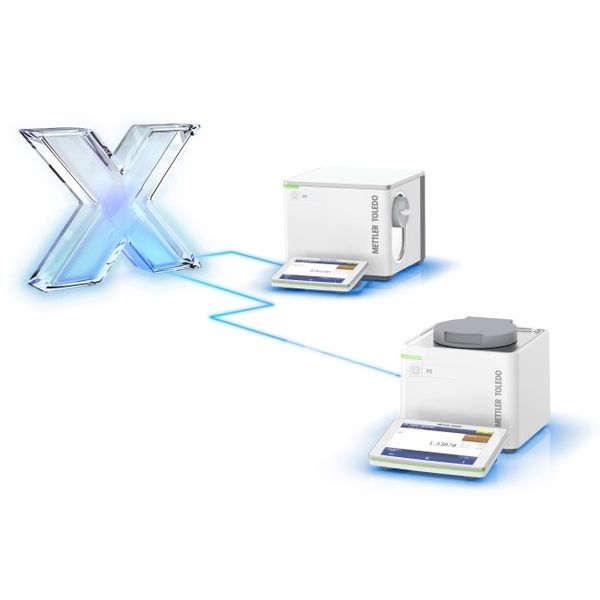
Density Meter
Benchtop and Portable Digital Densimeter
A density meter, also known as densimeter or specific gravity meter, is an analytical instrument that uses the oscillation of a U-shaped hollow glass tube to measure the density of liquid samples quickly and automatically. The measured density can then be automatically converted into other units and concentrations for specific applications, as specific gravity, API, alcohol%, Brix and many more. Choose your density meter from the lightest portable option to the most accurate benchtop model.
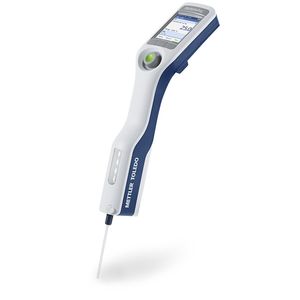
Handheld Density Meter DensitoPro
Made for use in the lab and on-the-go, the DensitoPro is perfect for all kinds of applications, from quality control of incoming goods to at-line quality assurance. With the built-in RFID and barcode scanner, full sample identification is performed automatically.
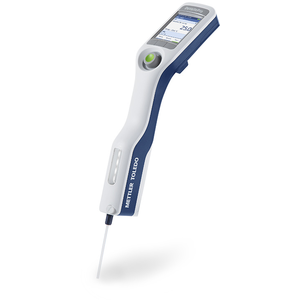
Handheld Density Meter Densito
Designed to fit comfortably, the lightweight Densito allows for one-handed operation in the lab or on-the-go. Results are temperature-compensated and can be delivered in specific gravity, Brix, API units, and other formats.
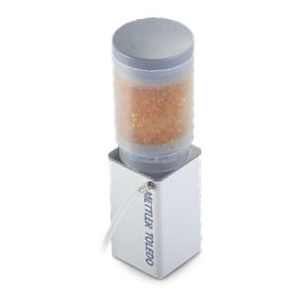
Drying Pump DryPro
Plug and play drying pump used to dry the measuring cell of Excellence density meters. Delivered ready to use with silica gel, drying tower and silicone tube.
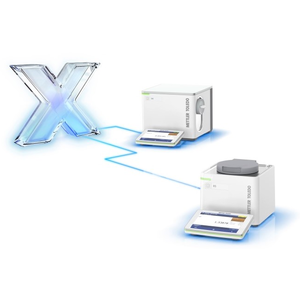
Software LabX DeRe Server
LabX LiquiPhysics™ Server.
Advantages of METTLER TOLEDO’s Density Meters / Specific Gravity Meters
Unlock Service Excellence - Maximize Your Efficiency
Unlock Service Excellence - Maximize Your Efficiency
FAQs
How does a digital density meter work?
Digital density meters (specific gravity meters) use a U-shaped hollow glass tube, which is put into oscillation. The oscillation frequency of the tube filled with the sample is measured. This frequency changes when the tube is filled with the sample: the higher the mass of the sample, the lower the frequency. This frequency is measured and converted to density. In addition, benchtop digital density meters use a built-in Peltier thermostat to control the temperature of the sample.
Specific gravity meter vs. density meter vs. densimeter: What is the difference?
A specific gravity meter, density meter or densimeter refers to the same instrument. Different terms are used depending on the country or region in which it is used. This instrument uses oscillating U-tube technology to measure specific gravity, density or related values in a liquid sample. This measurement is performed automatically, reducing operator influence and improving repeatability.
Which instruments are used to measure the density of liquids?
The density of a solution can be measured manually or digitally. For more detailed information on how to measure density with pycnometers, hydrometers and digital density meters please see our 3 Ways to Measure Density guide.
Manual methods like pycnometers and hydrometers are widely used for the determination of density and related values, e.g. specific gravity, alcohol%, BRIX°, API degrees, Baumé, Plato, etc. Although these methods are easy to use and quite inexpensive, they require expertise in every step of manual operation protocols, which often affects the accuracy and reliability of the results.
A pycnometer is a glass beaker of defined volume. It is weighed without the sample (M1), then filled with the sample and weighed again (M2). The difference between M1 and M2 divided by the volume of the beaker is the density of a sample.
A hydrometer is a glass body which is dipped into the sample. After a short equilibration time it will float a certain level. The higher the density of the sample, the less the hydrometer will float. The level of equilibration reads the density.
A density kit is used with a balance. A glass body of defined volume is weighed in air (M1), dipped into the sample and weighed again in the sample (M2). The difference between M1 and M2 (buoyancy) divided by the volume of the glass body is the density of the sample. A special holder can also be used to measure the density of solids using a reference liquid (water, ethanol or user defined).
Digital density meters, also known as specific gravity meters or densimeters, are available as benchtop and handheld instruments. They use oscillation tube technology to very accurately measure the density of a sample in a short timeframe. A hollow glass tube vibrates at a certain frequency. This frequency changes when the tube is filled with the sample: the higher the mass of the sample, the lower the frequency. This frequency is measured and converted to density. In addition, benchtop digital density meters use a built-in Peltier thermostat to control the temperature of the sample.
For more information on digital density meters and how they compare to manual methods, please see our comparison of different measuring techniques.
How much sample volume do you need for a digital density meter?
The typical volume of a U-shaped hollow glass tube used as a measuring cell in a digital density meter is around 1mL. For trouble free filling a bigger volume is recommended. Typically 3 mL to 5 mL would be used with a syringe in order to have part of the drain tube also filled with the sample.
